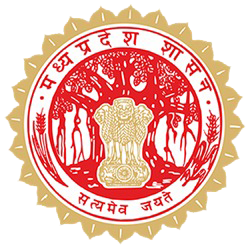Understanding Tripling Restrictions
Amidst the organized traffic chaos on the bustling roads in India, there’s a common sight that raises eyebrows and evokes concern – the daring act of tripling. Imagine three people precariously perched on a single motorcycle, defying the laws of physics and pushing the limits of safety.
Tripling in India is not just a mere transportation trend; it’s a heart-pounding spectacle that
showcases the audacity, resourcefulness, and perhaps the desperation of the people. But behind
this adrenaline-fueled spectacle lies a web of rules, regulations, and hidden consequences that
make tripling a practice as controversial as it is captivating.
Tripling, in the context of transportation in India, refers to the act of carrying three or more people on a two-wheeler, typically a motorcycle or a scooter, which is designed to accommodate only two individuals. This practice involves the rider, along with one or two additional passengers, squeezing onto the vehicle, often in unconventional positions and with little regard for safety precautions.
Definition and explanation of tripling
Furthermore, it contributes to congestion and overcrowding on roads, impacting overall traffic flow and road safety.
The act of tripling, however, poses numerous risks and challenges. It not only compromises the safety of the riders and passengers but also increases the strain on the mechanical parts of the two-wheeler, leading to potential damages and reduced lifespan.
While tripling may appear as a solution to transportation challenges in India, it is important to delve deeper into the rules, regulations, and consequences associated with this practice to understand the reasons why it is restricted and the impacts it has on various aspects of the transportation system.





